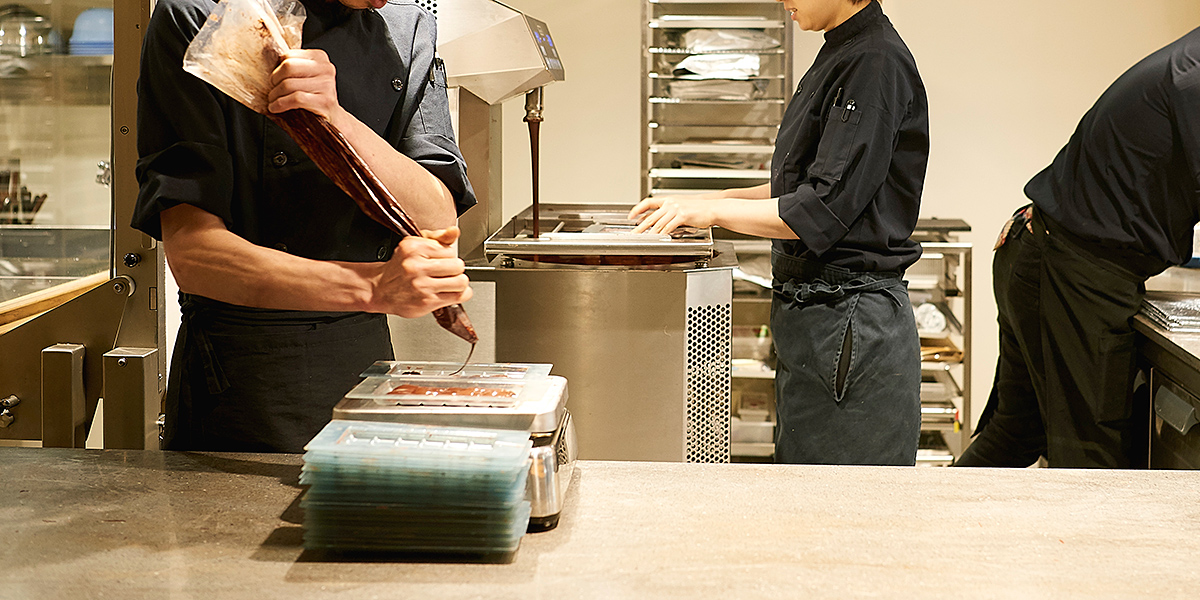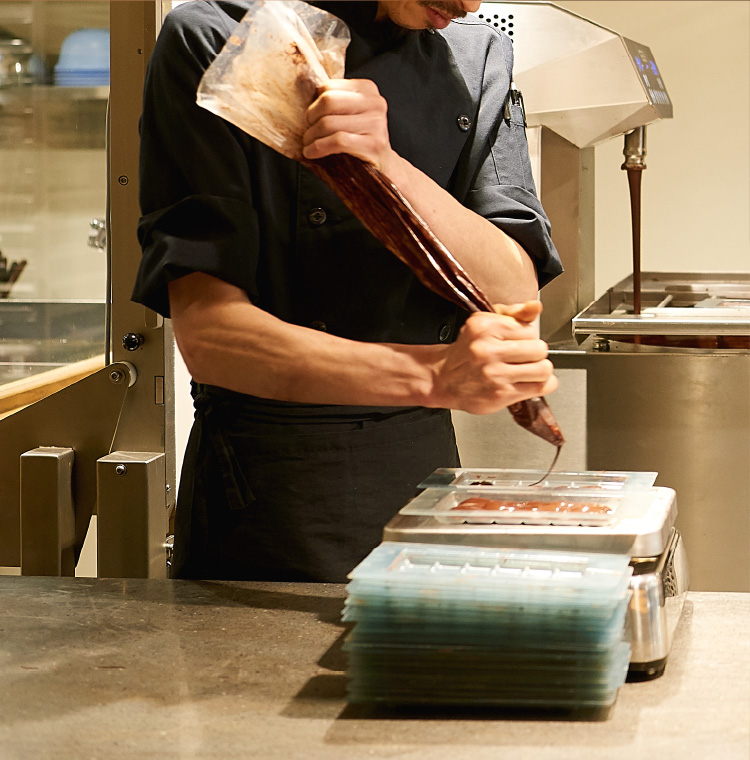LABO

1. BEANS
From the world of cacao beans, where flavor and quality vary by region and geography, we select only the highest quality fermented and dried beans. We store the beans in temperature and humidity controlled refrigerators.

2. CUT TEST
From every new bag, sample beans are cut in half to gauge the level of fermentation and product condition.

3. CACAO BEANS SORTING
We hand sort beans by size, shape and condition, discarding the 10% to 20% that don’t meet our selection criteria.

4. ROASTING
We roast beans according to bean size and regional origin. Multiple roasting tests determine optimal time and temperature, anywhere between 100-130°C and 30 minutes to 1 hour. Roasting enhances flavor and helps remove the bean from its shell.
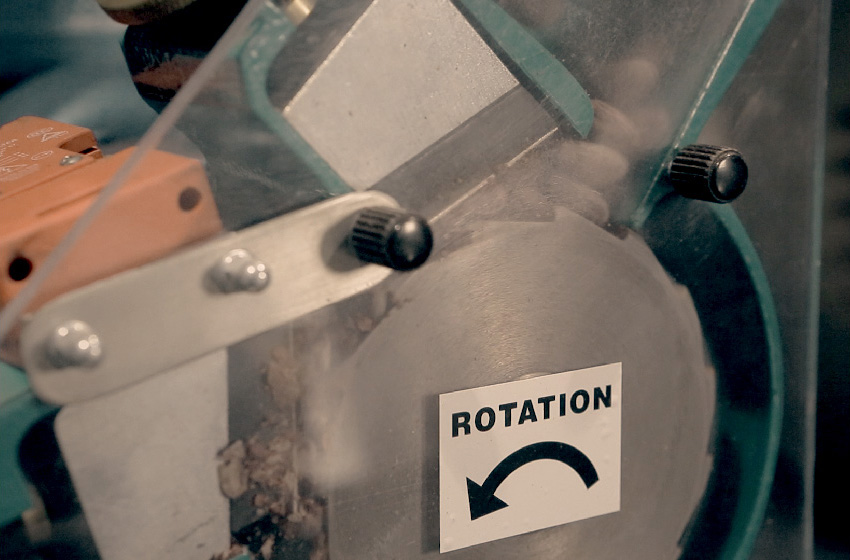
5. CRACKING
Crack the roasted beans into small pieces in the Cracking Machine to separate cacao beans from their shells. The broken pieces of the bean, without the shell, are called nibs.
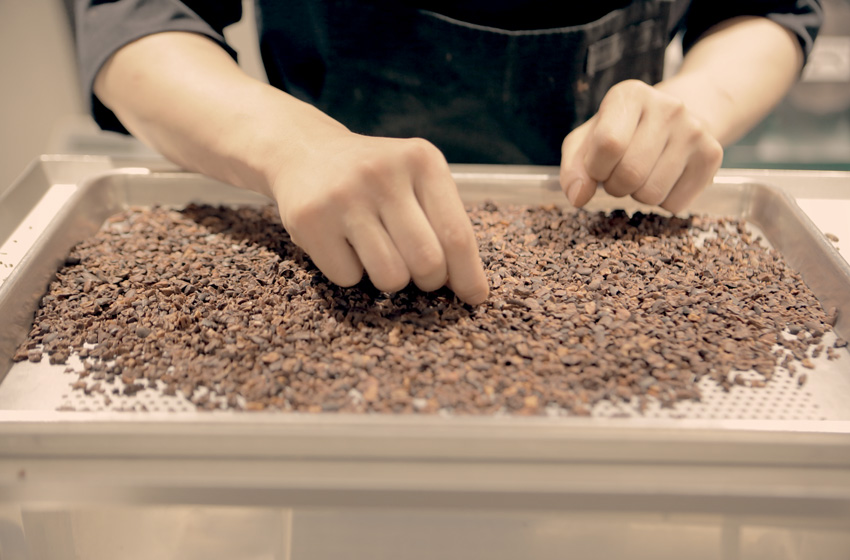
6. NIBS SORTING
Sift cacao nibs to separate larger and smaller pieces. Larger nibs return to the Cracking Machine. We crack, sort and sift until we have nibs of uniform small size.
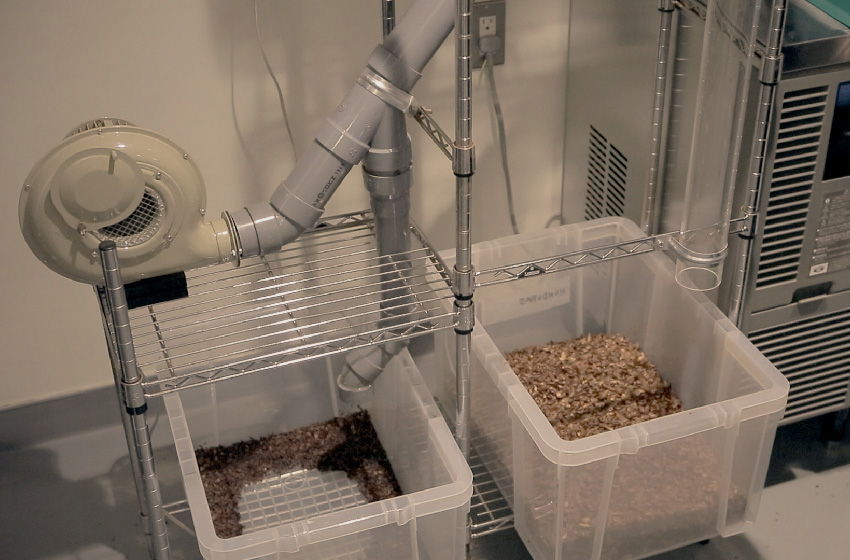
7. WINNOWING
Winnowing separates most remaining shells from cacao nibs. Our handmade winnower discards shells, removing the possibility of bitterness and astringency caused by shells.
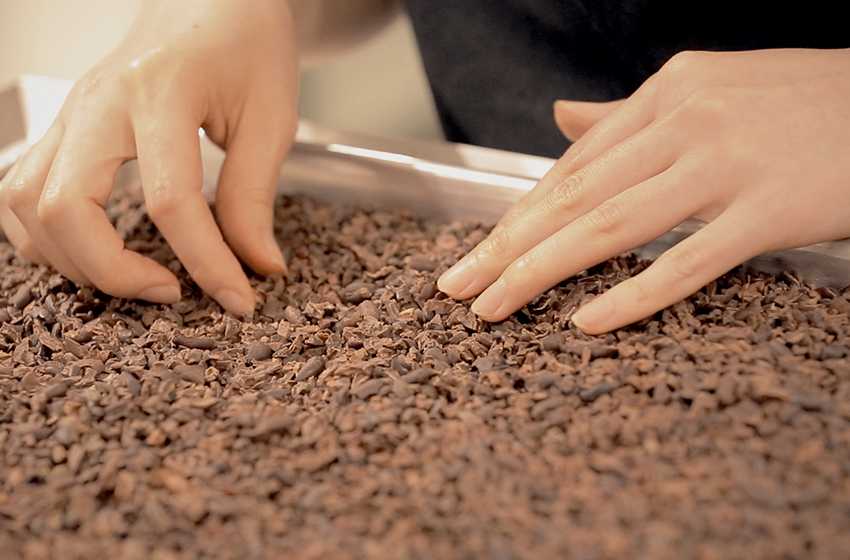
8. CACAO SKIN SORTING
Remove any remaining cacao shells and germ by hand.
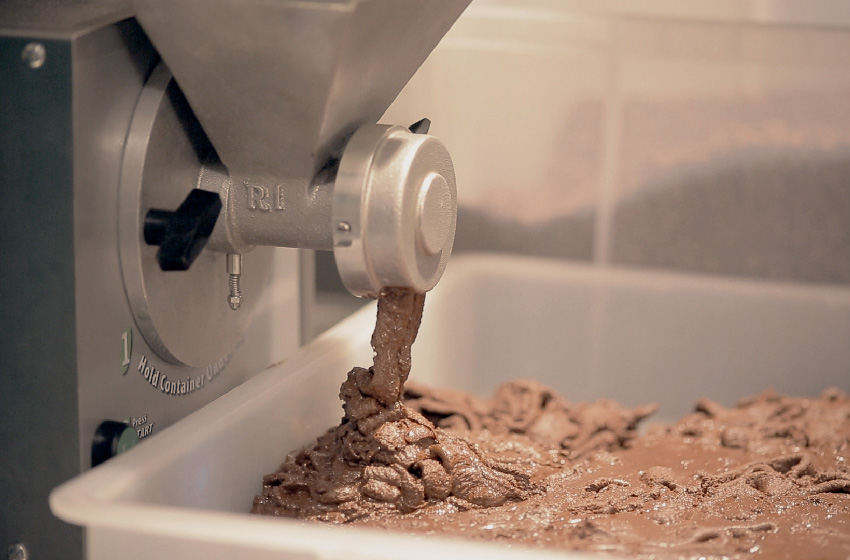
9. GRINDING
Grind cacao nibs into a thick paste using the grinder’s frictional heat. Frictional heat releases cacao butter which makes for a softer and smoother paste.

10. MELANGING & CONCHING
Using a melanger with its stone rollers, the ground paste is slowly refined to a chocolate liquid of fine particles and smooth texture. After one week, at the peak of flavor, organic cane sugar is added to the chocolate.

11. BLOCKING
Block the cooled chocolate into large storage bricks (bars) for ageing from 1 to 3 months depending on cacao appellation. Ageing melds and balances flavors.

12. TEMPERING
Tempering chocolate, a process of heating and cooling at very specific temperatures, stabilizes and refines its internal structure and happily gives chocolate its glossy finish and appealing crunch.

13. MOLDING
Pour tempered chocolate into chocolate bar molds. Coot at 15°C for one day.
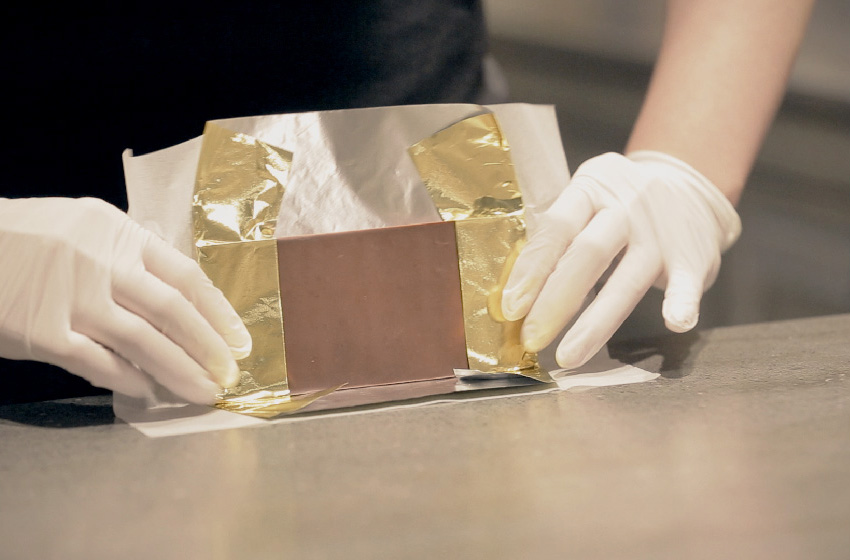
14. WRAPPING
Unmold and inspect chocolate bars for quality, free from any cracks or blemishes. Hand wrap chocolate in gold foil and Japanese Washi paper.
